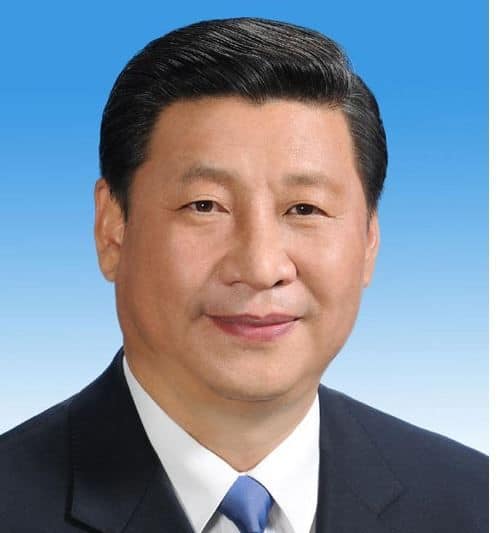China’s Purchasing Managers’ Index (PMI), which measures factory activity, fell to 50.8 in October from 51.1 in September, the National Bureau of Statistics informed on Saturday, surprising analysts who had expected an increase to 51.2.
Companies in China reported a decline in orders as well as increasing costs, which in the context of weaker overall economic growth affirm fears that the country’s outlook is deteriorating.
Even though October declined compared to September, the Bureau stressed that 50.8 is still above 50. Any figure above fifty suggests expanding output.
According to PMI data, overseas demand has fallen to a five-month and domestic demand to a six-month low. Export orders have declined every month for the past five months.
Despite reducing factory output levels in October, inventory levels of goods not yet sold rose.
So far, 2014 has not been one of China’s best years as far as its economy is concerned. Third-quarter GDP (gross domestic product) growth has declined to 7.3% (six-year low), the housing market is weak, and domestic demand is sluggish.
Xi Jinping, President of the People’s Republic of China, said earlier this year that if GDP growth does not quite meet this year’s target, the result will be “acceptable”. (Photo courtesy of the Government of China)
The cooling of most sectors has been persistent despite the government’s measures to stimulate growth.
The index for new orders fell from 52.2 in September to 51.6 in October. New export orders dropped marginally to 49.9 in October from September’s 50.2.
Most PMI components declined
Of the components that make up the PMI index, employee hiring and finished goods inventory rose, while operations expectations, inventories of raw materials, backlogs, new export orders, new orders, and production declined. The Supplier Delivery Time Index was flat.
One of the analysts who helped compile the Index, Zhang Liqun said:
“The October PMI index fell slightly, suggesting that current economic growth still has some downward pressure in the third quarter of this year. A series of measures to steady growth has begun to appear in the market, although it is not yet reflected in the PMI.”
Mr. Liqun believes the impetus measures to boost economic growth will soon become increasingly evident. He does not believe future PMI readings will show any further declines.
China’s Ministry of Industry and Information Technology warned on Friday that high borrowing costs were undermining factories’ outlook. As occurs in much of the rest of the world, SMEs (small and medium sized enterprises) in China find it hard to get credit from banks and typically have to turn to more expensive alternatives.


